 Shutterstock
Shutterstock
Snowy landscapes, icy trails, and the thrill of the cold wind – nothing beats the sight of a team of dogs pulling a sled through the frosty wilderness. Some dog breeds are not only built for these chilly conditions, but they thrive in them. These snow-loving breeds have a long history of sled-pulling, originally bred to traverse snowy terrains, transport goods, or race across frozen tundras. Today, many of these breeds continue to fulfill the original purpose for which they were bred, preserving traditions while showcasing their strength and stamina.
Alaskan Malamute
 Shutterstock
Shutterstock
The Alaskan Malamute is perhaps the most iconic of all sled dog breeds. These large, powerful dogs were bred to haul heavy freight over long distances in the Arctic. With a thick double coat that protects them from freezing temperatures, Alaskan Malamutes are well-suited for the cold. They have a natural endurance and work ethic that makes them excellent sled dogs, though they require an experienced handler to balance their independent nature with the need for control.
Siberian Husky
 Shutterstock
Shutterstock
Siberian Huskies are a breed renowned for their association with winter sports and sled racing. The Chukchi people of Siberia initially bred them to pull sleds over vast distances, and they remain one of the most effective sled dogs for this purpose. With their striking blue eyes and thick fur coats, Huskies have the stamina and speed required to cover great distances in cold conditions. Their natural inclination to work as a team and their playful yet resilient nature make them perfect for modern sledding.
Samoyed
 Shutterstock
Shutterstock
Samoyeds are known for their “Sammy smile,” but behind those friendly faces is a breed that was bred to work hard in freezing conditions. Siberian nomads initially used them to pull sleds, herd reindeer, and keep their owners warm. Their thick, fluffy white coats help them withstand harsh Arctic conditions, and they’re as strong as they are cute. Samoyeds have a natural inclination for sledding, and their cheerful yet hardworking nature makes them excellent in snowy climates.
Shutterstock
 Shutterstock
Shutterstock
The Canadian Eskimo Dog is one of the oldest and most reliable sled dog breeds. Known for their endurance and strength, these dogs have been used for centuries by the indigenous people of the Arctic to pull sleds and haul heavy loads. With their dense double coats and powerful physiques, they are ideally suited to withstand frigid temperatures and harsh winter conditions. Canadian Eskimo Dogs are independent, intelligent, and tireless, making them ideal sled dogs for both long-distance travel and pulling loads in deep snow.
Greenland Dog
 Shutterstock
Shutterstock
Greenland Dogs are native to the Arctic and have been used for centuries to pull sleds and hunt large game. This breed is renowned for its exceptional strength, endurance, and resilience in freezing temperatures. With their compact yet muscular bodies, Greenland Dogs can cover vast distances through thick snow and ice, making them excellent sled dogs. Their strong prey drive also makes them valuable for hunting, but it’s their working temperament and ability to handle harsh climates that truly define them as sled-pulling legends.
Alaskan Husky
 Shutterstock
Shutterstock
While not a specific breed in itself, the Alaskan Husky is a mix of various breeds, including the Siberian Husky, Alaskan Malamute, and other sled dog breeds. Alaskan Huskies are bred specifically for their exceptional speed and ability to pull sleds over long distances. They are the backbone of modern competitive sled dog racing, prized for their incredible stamina and speed. With lean bodies and high energy levels, Alaskan Huskies excel at pulling sleds through snow-covered terrain, making them indispensable in the world of winter sports.
Chinook
 Shutterstock
Shutterstock
Chinooks are a rare but impressive breed developed initially for sledding and other working roles in the northern United States. They are known for their strength, endurance, and gentle temperament, making them excellent companions for those who need a sled dog with a calm demeanor. Chinooks were explicitly bred for pulling sleds, and their muscular build and thick coats make them well-suited for cold climates. They are one of the few breeds that can handle long-distance sledding, and their easygoing nature makes them great family dogs as well.
Keeshond
 Shutterstock
Shutterstock
Keeshonds, with their distinctive fluffy coats and fox-like faces, were historically used as watchdogs on barges in the Netherlands but have also been used for sledding in the past. Their thick fur protects them from the cold, and their strong work ethic enables them to adapt to various roles. Keeshonds are intelligent, loyal, and energetic, which makes them well-suited for jobs like sledding in snowy environments. While not as commonly seen in modern sledding, their ancestry and physical traits make them naturally inclined to pull sleds.
Norwegian Elkhound
 Shutterstock
Shutterstock
Norwegian Elkhounds are strong, fearless dogs originally bred to hunt and pull sleds in the freezing climates of Norway. With their double coats and powerful physiques, they are well-equipped to handle cold temperatures and harsh winter conditions. These dogs have a history of working alongside humans to pull sleds and herd reindeer. Their keen senses, coupled with their stamina, make them ideal for winter sports like sledding, and their loyalty makes them a trusted companion in snowy environments.
Great Pyrenees
 Shutterstock
Shutterstock
Great Pyrenees, known for their striking white coats, were initially bred to guard livestock, but they have also been used for sledding in certain regions. Their thick fur provides excellent insulation against the cold, and their calm and determined nature makes them excellent working dogs in snowy climates. Though not traditionally thought of as sled dogs, their size, strength, and stamina make them quite capable of pulling sleds in cold environments. They are loyal, protective, and thrive when given a task, making them an excellent fit for winter activities, such as sledding.
Finnish Lapphund
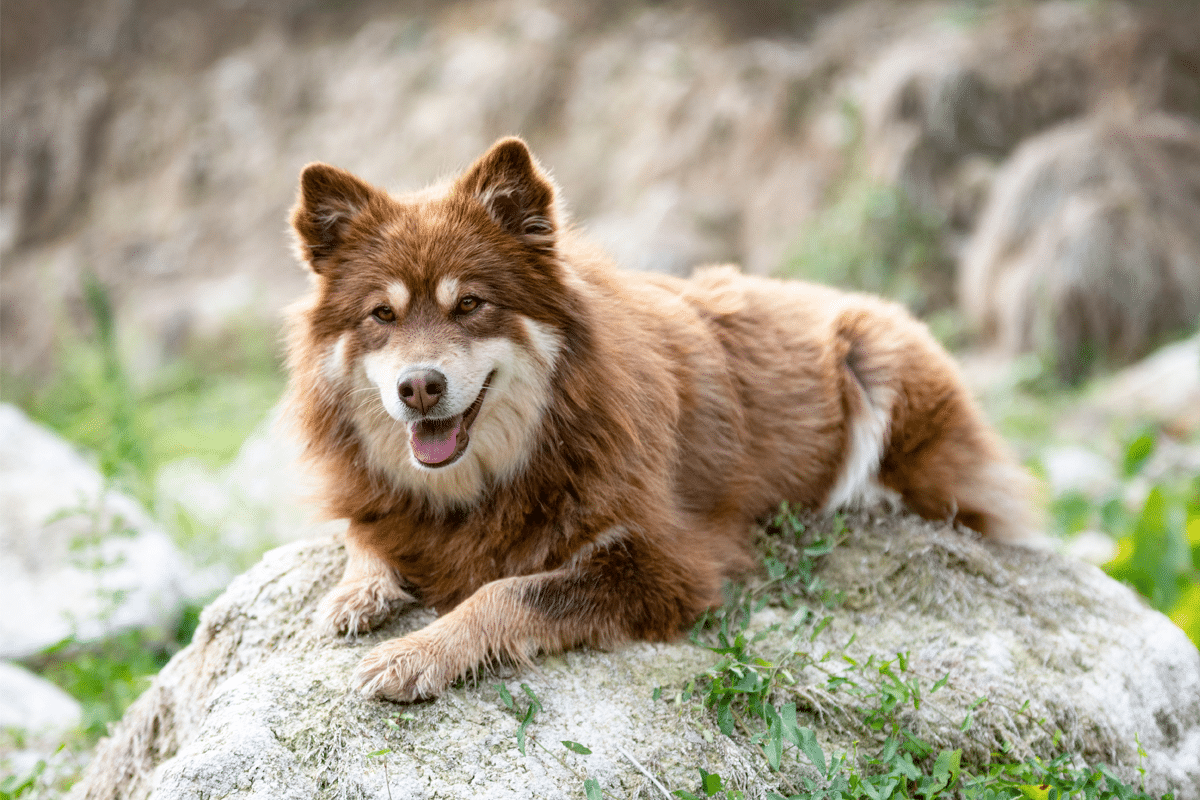 Shutterstock
Shutterstock
The Finnish Lapphund is an agile and hardy breed used initially by the Sami people for herding reindeer and pulling sleds. Known for their thick double coat and excellent stamina, these dogs are suited to the cold, snowy climates of northern Finland. Finnish Lapphunds have a calm demeanor and an innate drive to work alongside humans, which makes them ideal for sledding. Their resilience and friendly nature make them reliable sled dogs for long-distance journeys across frozen landscapes.
Hokkaido
 MidJourney
MidJourney
The Hokkaido is a Japanese breed known for its strength, agility, and endurance. Initially bred for hunting and pulling sleds in Japan’s cold northern regions, these dogs have a thick coat that helps them thrive in freezing temperatures. Hokkaidos are intelligent, independent, and naturally excellent at tasks like sledding. Their strong work ethic and versatility make them well-suited for enduring the harsh conditions that come with long-distance sledding.
Karelian Bear Dog
 Shutterstock
Shutterstock
The Karelian Bear Dog is another breed well-suited for the challenges of pulling sleds. Known for their endurance and determination, these dogs were initially bred to hunt large game in the cold forests of Finland and Russia. Their thick coats keep them warm in frigid conditions, and their strong, independent personalities make them effective working dogs. Whether pulling sleds or trekking through snow-covered terrain, Karelian Bear Dogs are built to handle the cold with ease and are a top choice for winter tasks.
Tibetan Mastiff
 Shutterstock
Shutterstock
The Tibetan Mastiff, renowned for its imposing size and thick coat, is a breed used initially by Tibetan nomads to guard livestock and pull sleds in the Himalayan regions. These dogs are exceptionally strong and possess a natural ability to navigate snowy and icy conditions. Though not traditionally used in modern sled racing, their stamina and thick double coats make them well-suited for pulling sleds in challenging winter environments. Their protective nature and incredible strength make them an excellent choice for those in need of a reliable and hardy sled dog.
Eurohound
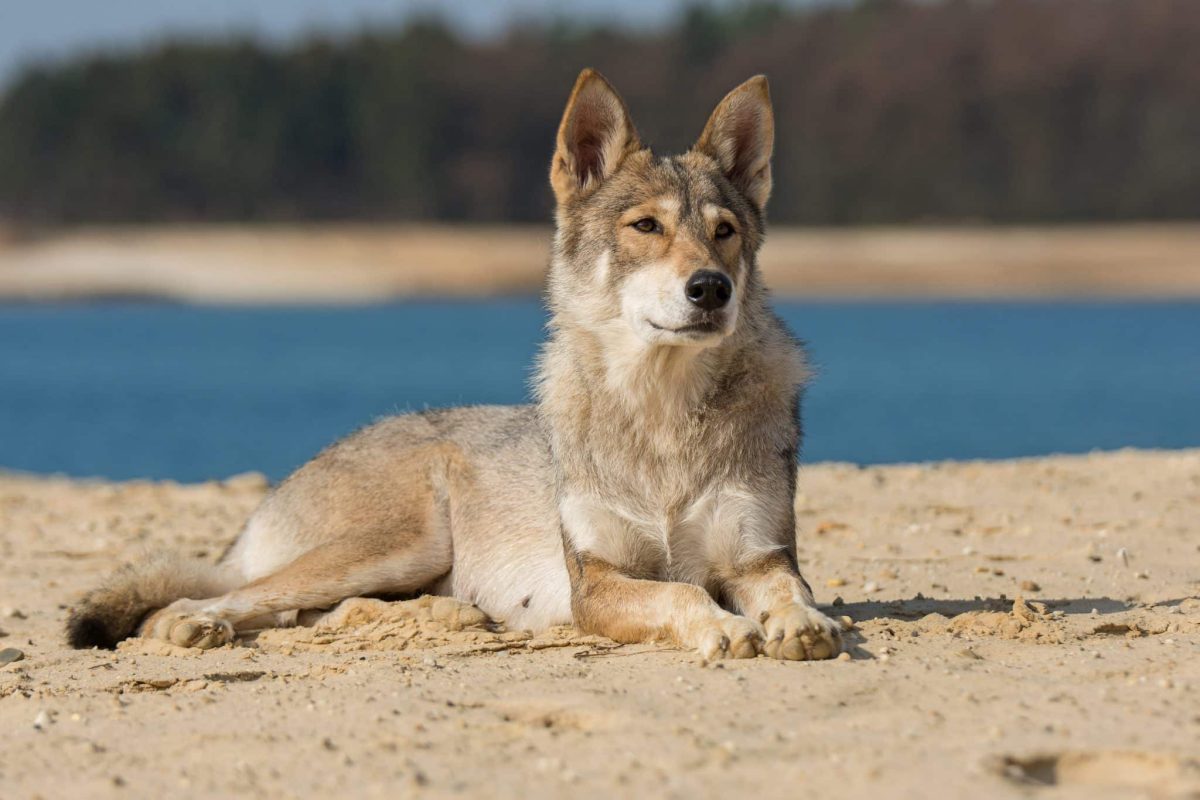 Shutterstock
Shutterstock
The Eurohound is a hybrid breed, primarily bred for competitive sled dog racing. A cross between the Alaskan Husky and the German Shorthaired Pointer, it combines the speed and endurance of the former with the agility and drive of the latter. Eurohounds are known for their exceptional performance in sprint races and are favored by many professional mushers. Their lean build and high energy levels make them ideal for short-distance, high-speed sledding events.
The Paws That Power Through The Snow
 Shutterstock
Shutterstock
These snow-loving dog breeds are more than just adorable winter companions; they are powerful, hardworking dogs that thrive in the cold and enjoy the challenge of pulling sleds. These breeds have consistently demonstrated their incredible stamina, loyalty, and strength. They are not just dogs – they are winter warriors, eager to tackle the snow and ice with enthusiasm. So next time you see a sled dog team tearing through the snow, remember: these breeds are the true MVPs of the winter world, mastering both the cold and the challenge!

 1 month ago
15
1 month ago
15



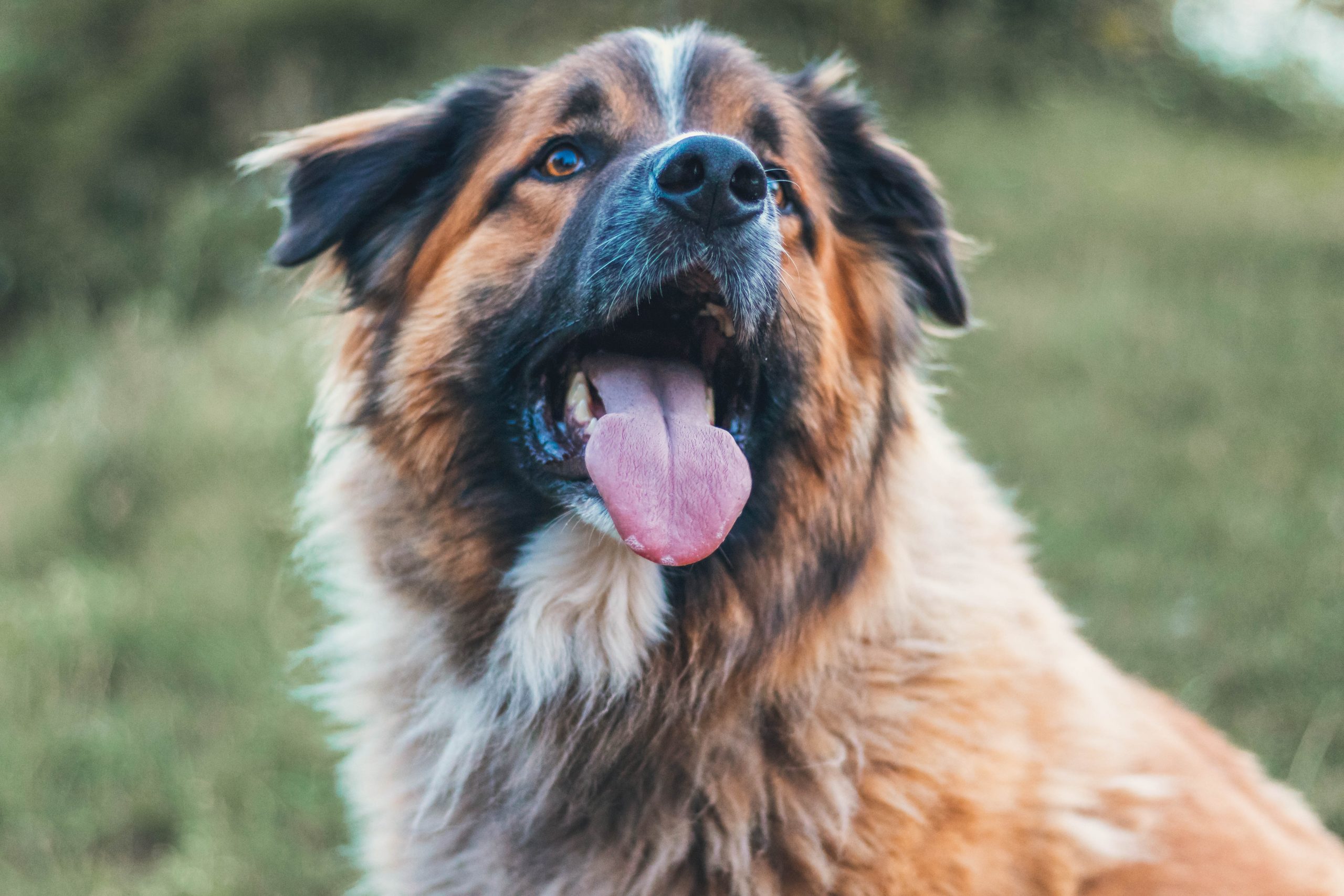

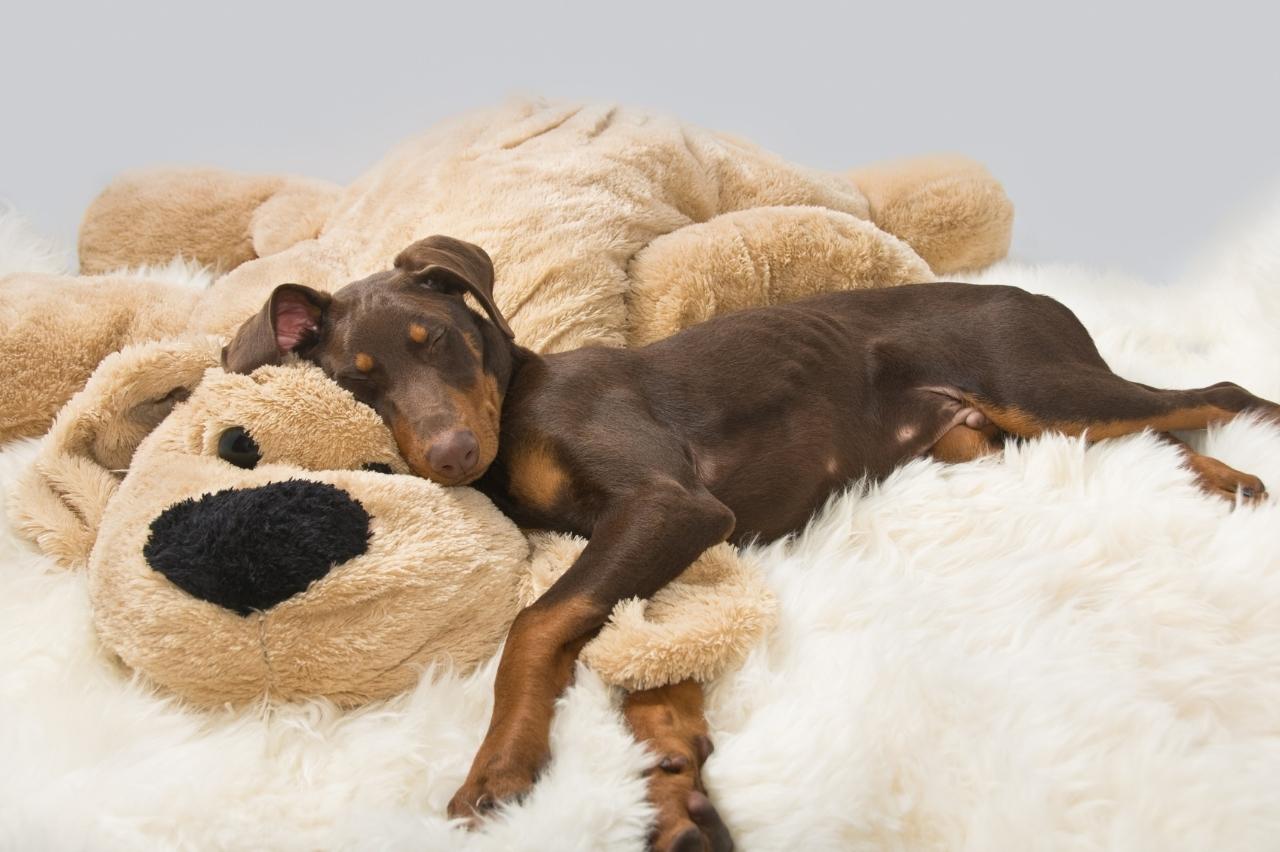
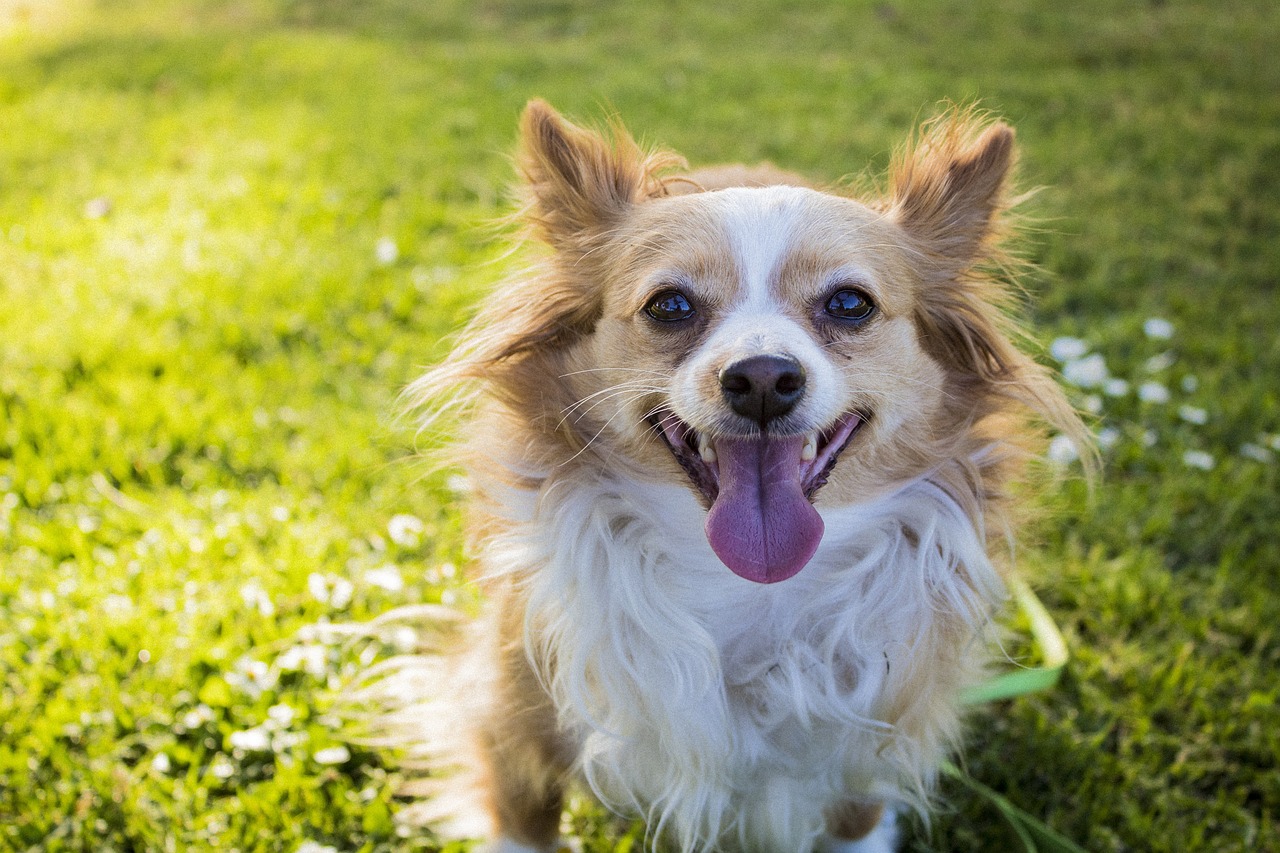











 English (US) ·
English (US) ·